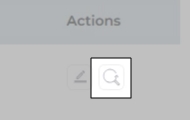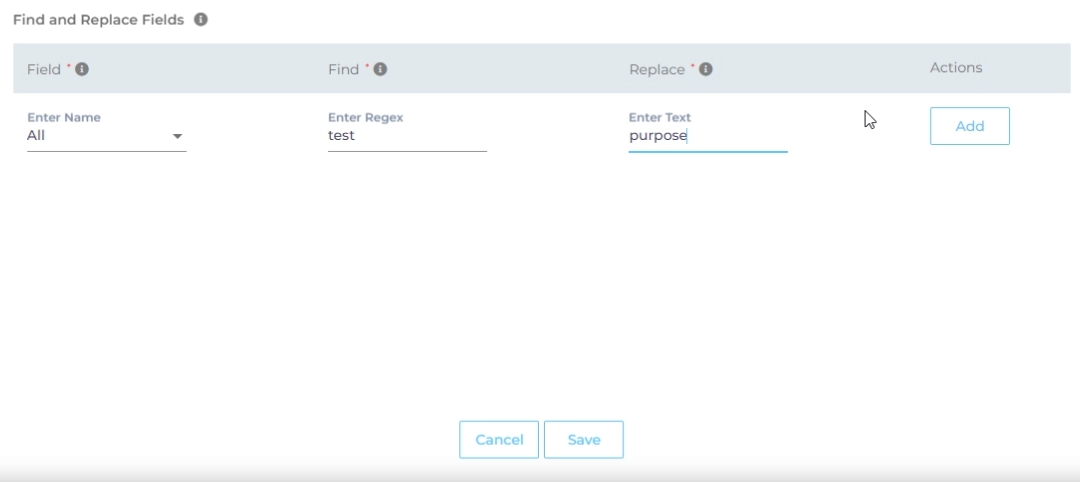Use Saba Cloud As a Content Source
This feature is not available in the SearchUnify Cloud Edition.
In SearchUnify can crawl and index ideas, pages, and files on Saba Cloud. Once indexed, they become searchable from all the platforms where SearchUnify is supported. This article walks you through the process of installing Saba Cloud as a content source.
PERMISSIONS
SearchUnify ignores user permissions during searches. All indexed files can be searched by all users.
Establish a Connection
- Find Saba from the search box and click Add.
- Under the Authentication tab, fill in the following details:
- Name. Give your Saba Cloud content source a name.
- Authentication Method. Select the ‘Basic’ authentication method from the dropdown. This helps SearchUnify crawl the data from the Saba Cloud account with which you login.
- Client Url. Mention your Saba Cloud instance URL here.
- Username. Mention your Saba Cloud username here.
- Password. Input the Saba Cloud instance password.
- Language. Select the language that your community interacts with. It's usually English.
- Click Connect.
Re-Connect
An admin can edit a Content Source for multiple reasons, including:
-
To reauthenticate
-
To fix a crawl error
-
To change frequency
-
To add or remove an object or a field for crawling
When a Content Source is edited, either a Connect or a Re-Connect button is displayed.
-
Case 1: When the Connect button is displayed:
-
When the Connect button is displayed if the Content Source authentication is successful. Along with the button, a message is displayed There are no crawl errors and the Content Source authentication is valid.
-
Fig. The Connect button is displayed on the Authentication tab.
-
Case 2: When the Re-connect button is displayed:
-
The Re-connect button is displayed when the authentication details change or the authentication fails for any reason.
-
In both cases, the Content Source connection must be authenticated again. To reauthenticate a Content Source, enter the authentication details, and click Re-Connect.
-
Fig. The Re-Connect button is displayed on the Authentication tab.
Set Up Crawl Frequency
The first crawl is always performed manually after configuring the content source. In the Choose a Date field, select a date to start the crawl; only data created after the selected date will be crawled*. For now, leave the frequency set to its default value, Never, and click Set.
Fig. The Frequency tab when "Frequency" is set to "Never".
Select Content Type for Indexing
SearchUnify can index content for Saba Cloud by 'Type'. In the Rules tab, you can define what part of the content (idea, page, and file) is indexed by adding or removing content fields for the same in By Type.
- Click
 to view the properties of a content type.
to view the properties of a content type.
- A dialog box will open. You can click
 to remove a content field. The removed content fields are not indexed. You can use the Name column to find content types, the Label column to rename them, and the Type column to change the default data type. To edit existing content fields, click
to remove a content field. The removed content fields are not indexed. You can use the Name column to find content types, the Label column to rename them, and the Type column to change the default data type. To edit existing content fields, click  . Once the configurations are complete, click Save.
. Once the configurations are complete, click Save.
Note - We do not recommend to edit these fields currently. In the coming updates, we intend to enhance this functionality.
Find and Replace
Users on the Q2 '24 release or a later version will notice a new button next to each object on the Rules screen. It resembles a magnifying glass and is labeled "Find and Replace." You can use this feature to find and replace values in a single field or across all fields. The changes will occur in the search index and not in your content source.
Fig. The "Find and Replace" button on the Rules tab in the Actions column.
Find and Replace proves valuable in various scenarios. A common use case is when a product name is altered. Suppose your product name has changed from "SearchUnify" to "SUnify," and you wish for the search result titles to immediately reflect this change.
-
To make the change, click
 .
. -
Now, choose either "All" or a specific content source field from the "Enter Name" dropdown. When "All" is selected, any value in the "Find" column is replaced with the corresponding value in the "Replace" column across all content source fields. If a particular field is chosen, the old value is replaced with the new value solely within the selected field.
-
Enter the value to be replaced in the Find column and the new value in the Replace column. Both columns accept regular expressions.
Fig. Snapshot of Find and Replace.
-
Click Add. You will see a warning if you are replacing a value in all fields.
-
Click Save to apply settings
-
Run a crawl for the updated values to reflect in the search results.
Result
Return to the Content Sources screen and click ![]() . If the number in the Total Documents column is one or more, then you have successfully set up Saba Cloud as a content source.
. If the number in the Total Documents column is one or more, then you have successfully set up Saba Cloud as a content source.
Either the tags have not been specified in the Rules section or there is another error in the set up if the number of Total Documents remains zero.













